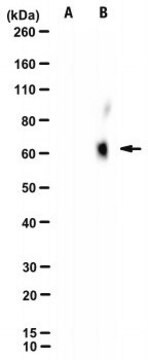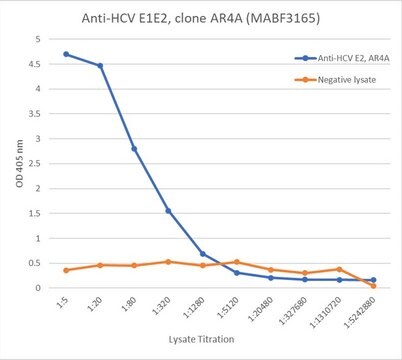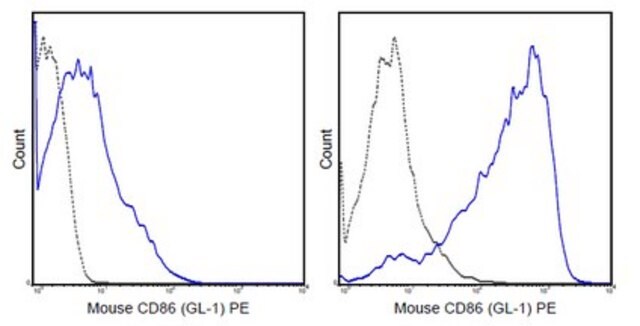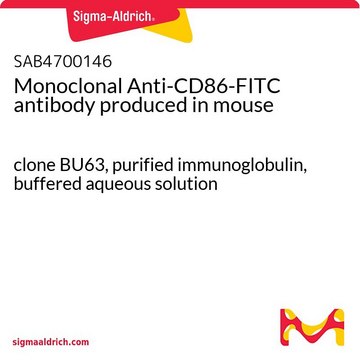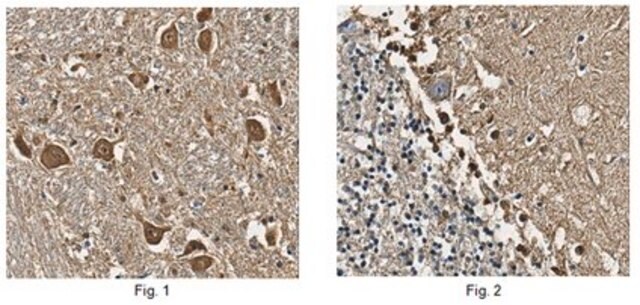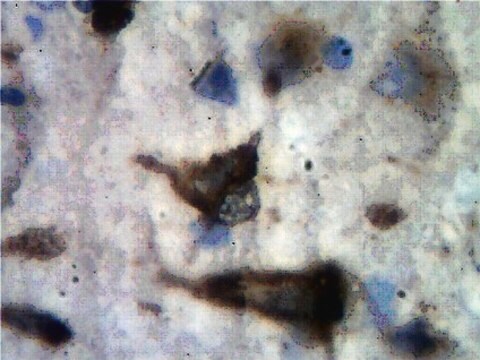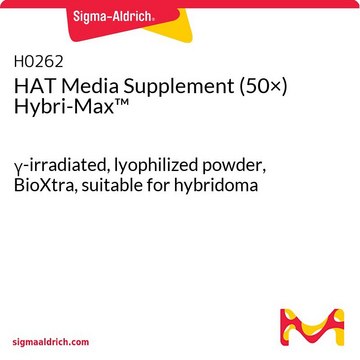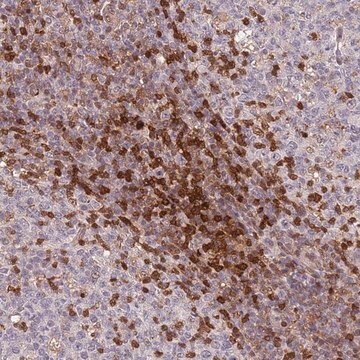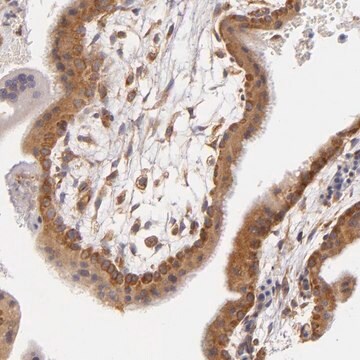MABF3166
Anti-HCV E2 Antibody, clone AR2A
Synonym(s):
Genome polyprotein;Envelope glycoprotein E2
About This Item
Recommended Products
biological source
human
Quality Level
antibody form
purified antibody
antibody product type
primary antibodies
clone
AR2A, monoclonal
mol wt
calculated mol wt 327.15 kDa
purified by
using protein G
species reactivity
virus
packaging
antibody small pack of 100 μL
technique(s)
ELISA: suitable
neutralization: suitable
isotype
IgG1
epitope sequence
N-terminal half
Protein ID accession no.
UniProt accession no.
storage temp.
-10 to -25°C
target post-translational modification
unmodified
Gene Information
vaccinia virus ... E2(684)
General description
Specificity
Immunogen
Application
Evaluated by ELISA in lysate from HEK293T cells transfected with H77E1E2.
ELISA Analysis (ELISA): Envelope glycoprotein E2 was detected by ELISA in various dilutions of lysates from HEK293T cells transfected with H77E1E2, but not in lysate from untransfected cells.
Tested Applications
ELISA Analysis: A representative lot detected HCV E2 in ELISA applications (Law, M., et al. (2008). Nat Med. 14(1):25-27; Giang, E., et al. (2012). Proc Natl Acad Sci. USA. 109(16):6205-10).
Neutralizing: A representative lot of this antibody neutralized several HCV isolates (Giang, E., et al. (2012). Proc. Natl. Acad. Sci. USA. 109(16):6205-10).
Note: Actual optimal working dilutions must be determined by end user as specimens, and experimental conditions may vary with the end user.
Physical form
Reconstitution
Storage and Stability
Other Notes
Disclaimer
Not finding the right product?
Try our Product Selector Tool.
Storage Class Code
12 - Non Combustible Liquids
WGK
WGK 2
Flash Point(F)
Not applicable
Flash Point(C)
Not applicable
Certificates of Analysis (COA)
Search for Certificates of Analysis (COA) by entering the products Lot/Batch Number. Lot and Batch Numbers can be found on a product’s label following the words ‘Lot’ or ‘Batch’.
Already Own This Product?
Find documentation for the products that you have recently purchased in the Document Library.
Our team of scientists has experience in all areas of research including Life Science, Material Science, Chemical Synthesis, Chromatography, Analytical and many others.
Contact Technical Service